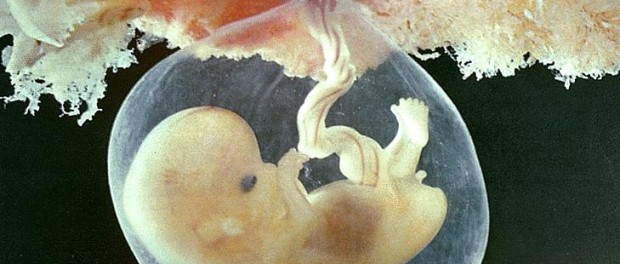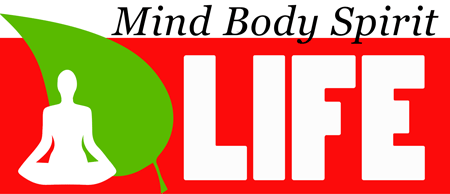Improve Health by Eating Your Organ

In the developing countries, 80% of the population is relying on traditional medicine for primary health care. Believe it or not, placenta is used in traditional medicines from thousands of years all over the globe. It plays an important role for prevention, alleviation and cure of diseases. In modern medicine, emphasize is given on drugs, steroid. The good proven traditional practices are not practiced or promoted by health care providers.
Dr Michel Odent shared his insights and wisdom:
“There are two ways to understand the birth process.
1. The physiological process
2. Cultural conditioning.
We have interfered with the mother and baby interactions at birth for millennia. Modern delivery rooms interfere with the first touch, the smells of birth, the sounds around birth, the first colostrum and breastfeeding experience, as well as the bacteriological exposure which stimulates the baby’s immune system. A mother has a natural aggressive protective tendency towards her offspring straight after the birth. When we interfere during the birth process, we effectively suppress this instinct in women. The paradigm of domination now controls natural processes, and modern midwives are taught to control labour and birth. When we interfere with the labour and birth, we render the ‘love hormone’ oxytocin useless at a critical period in the life of the mother and the baby. ”
The placenta is a remarkable organ in woman’s body. It is an organ, just like liver, kidneys or heart. But it’s the only organ the human body can grow when needed and remove when its job is over. The beauty of it is that the body can grow a new one when needed again.
The placenta is attached to the lining of mother’s womb during pregnancy. It keeps unborn baby’s blood supply separates from mother’s blood supply. It is linked to baby by the umbilical cord. The baby is inside a bag of fluid called the amniotic sac, which is made of membrane.
What does the placenta do?
The placenta produces hormones that help baby to grow and develop. Oxygen and nutrients pass from mother’s blood supply into the placenta. From there, the umbilical cord carries the oxygen and nutrients to unborn baby. Waste products from the baby, such as carbon dioxide, pass back along the umbilical cord to the placenta and then into mother’s bloodstream to dispose off.
The placenta also gives some protection against infection for baby while it’s in the womb. It protects baby against most bacteria. However, it does not protect baby against viruses. For example, if mother is not immune to the rubella virus (German measles), it can cross the placenta and cause miscarriage, stillbirth or birth defects such as deafness, brain damage, heart defects and cataracts.
Alcohol, nicotine and other drugs can also cross the placenta and can cause damage to unborn baby. Towards the end of the pregnancy, the placenta passes antibodies from mother to baby, giving them immunity for about three months after birth. However, it only passes on antibodies that mother already have.
What happens after baby is born?
After baby is born, in the third stage of labour, more contractions will push the placenta out through the vagina. At this stage, the placenta is also called the afterbirth. According to folklore, human placental preparations show immense therapeutic value and can be safely used once it is ensured that the source is free from fatal infections like HIV, HBV, HCV and alike.
Dr Erasmus Darwin (Charles Darwin’s grandfather), an extremely observant and thoughtful man. He wrote in 1792:
“Another thing very injurious to the child is the tying and cutting of the navel string too soon. It should always be left till the child has not only repeatedly breathed but till all pulsation in the cord ceases. Otherwise, the child is much weaker than it ought to be because a part of the blood being left in the placenta that ought to have been in the child. The placenta does not so naturally collapse, and withdraw itself from the sides of the uterus, and is not, therefore, removed with so much safety and certainty.”
Cutting the cord immediately after birth harm the baby, may lead to anaemia and possible learning difficulties in childhood.
Lotus Birth is the natural birthing practice of leaving the umbilical cord uncut, so that the baby remains attached to the placenta until the cord naturally separated at the navel, exactly as a cut cord does 3-10 days after birth. The infant obtains 40 to 60 mL of ‘extra’ blood from the placenta if the cord is not tied until pulsations cease. The loss of 30 mL of blood to the newborn is equivalent to the loss of 600 mL to an adult. Common practice of immediate cutting of the cord before the pulsations cease deprives the newborn of a possible 60 mL of blood, the equivalent to a 1200mLhaemorrhage in an adult. This is a likely explanation of the strange phenomenon of weight loss that most newborns seem to endure. The new organism is put immediately under undue stress to reproduce the blood it was denied.

The placenta has amazing capabilities during the postpartum period. It contains mother’s natural hormones and is made perfectly for her. If reintroduced into her system, the placenta can heal, sustain, and strengthen mother.
Mother can receive many physiological benefits from eating placenta. The baby’s placenta is believed to:
- Balance energy depleted by labor & birth
- Replenish iron, minerals & vitamins
- Balance hormones
- Lessen postnatal bleeding
- Increase milk production
- Help mother to have a happier postpartum period
- Complement body’s effort in returning the uterus to its pre-pregnancy state
- Be helpful during menopause
One of the most popular ways to eat the placenta is to make a smoothie, which can help mask the taste. Others prefer to cook it up into a variety of tasty dishes like placenta fajitas, placenta chili, placenta lasagna or simply swallow it down raw. (Gulp!)
Some companies such as Mila Skin Care, Shiseido and Progressive Beauty Products use placenta as an ingredient in their skin care products. They claim this organ is rich in antioxidants, proteins and amino acids, which have the power to rejuvenate the skin magically.
Placenta encapsulation is perhaps the most common thing to do with the afterbirth. For those who aren’t sure they can stomach the thought of eating their placenta as a meal, the pills are a popular option. Proponents claim mother gets all same the benefits, most particularly a hormone boost that helps to ward off postpartum depression. One can even get Do It Yourself (DIY) placenta encapsulation kit online or send it to a placenta encapsulation specialist to have it done for them.
About the author:



